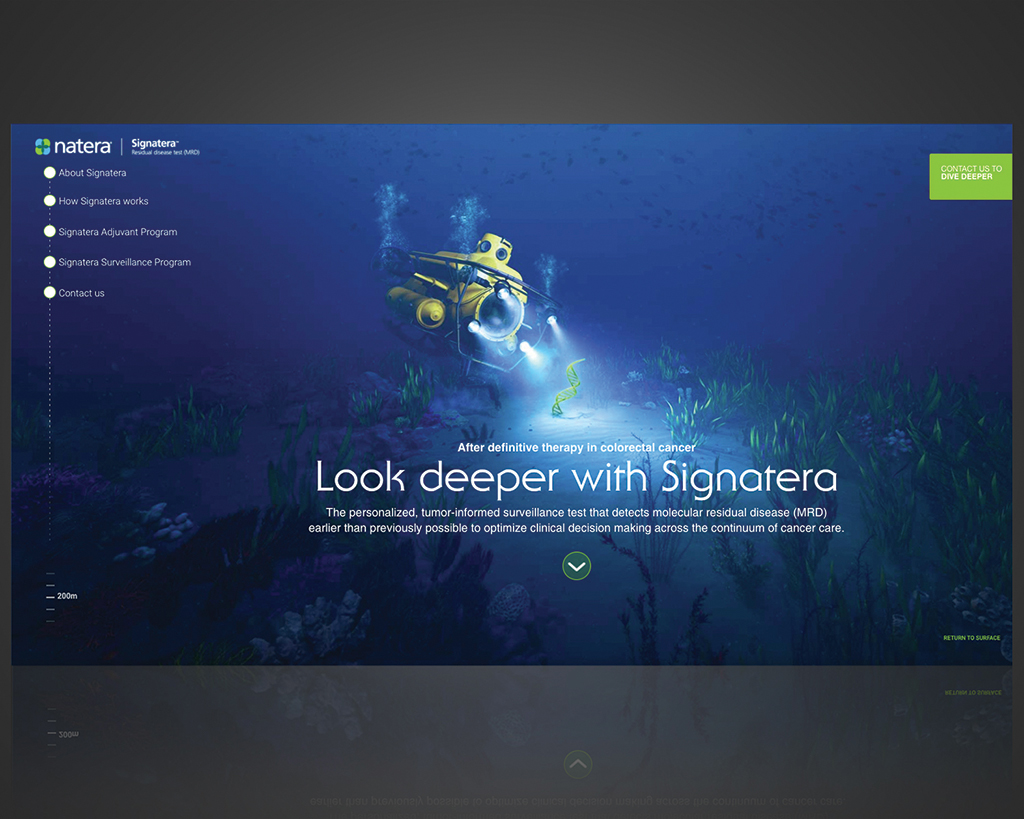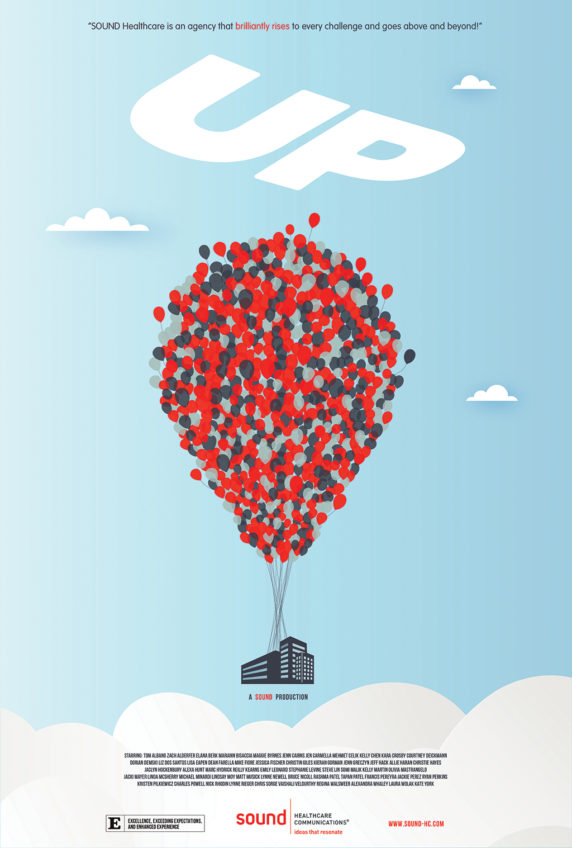When Sound Healthcare Communications managing partner, executive creative director Jeff Hack is asked about the genesis of his company’s name, he says that it represents more than mere lip service.
“Our name is no mistake. In fact, it’s our guiding principle,” he explains.
Indeed, Hack says that the notion of soundness has been the seven-year-old agency’s North Star since its inception. “‘Sound’ is a word that has deep meaning to us — sound foundation, sound results, sound strategy, sound ideas, sound thinking,” he continues. “We wanted to build an agency that is sound across the board, from client services to strategy to creative, and I think we’ve done that.”

Hack believes that clients respond to the lack of flashiness, pointing to organic growth the agency enjoyed at the height of the pandemic as evidence. Sound expanded its relationship with Pfizer in the rare disease space to include an AOR assignment on Somatrogon, which treats pediatric growth hormone deficiency.
The agency ended the year with nine new assignments in hand, including work from Boehringer Ingelheim (on the company’s KRAS cancer franchise), Incyte (blood cancer drug parsaclisib), Apellis Pharmaceuticals (on a treatment for geographic atrophy), CareMetx (corporate), Sobi (corporate and rheumatoid arthritis/neonatal onset multisystem inflammatory disease drug Kineret) and Merck (vaccines and heart failure drug Verquvo).
On the back of that new business, revenue ticked up slightly, from $12.2 million in 2019 to $12.4 million in 2020. The firm grew its number of clients from 11 to 14; its growth was split 50/50 between new clients and existing ones.
Sound ended the year with 68 full-timers on hand, up from 65 at the end of 2019. Additions included three former Havas staffers: SVP, creative director Kristen Pilkiewicz; VP, account group supervisor Allie Haran; and VP, associate creative director, copy Emily Leonard.
Pilkiewicz’s role is a new one for Sound — and a pivotal one. As soon as she arrived, Hack notes, Pilkiewicz set about adjusting the agency’s focus in a range of different areas.
“Kristen’s got the big agency experience and she’s got the launch experience. But she also perfectly fits the mold of a Sounder,” Hack says. “She’s a creative leader who’s constantly inspiring the creative department with the latest design trends or typography or 3-D technologies. She’s constantly trying to make us better and smarter.”
Other changes during 2020 include the formation of a social media team and the debut of an in-house presentation series. The latter is designed “to get us thinking about new ways to help our clients,” Hack explains, pointing to a recent talk led by the leader of a sonic branding agency. “Some brands have sounds — Intel has a sound and P.C. Richard has a sound. It’s not an area that a lot of people know about in our space, so it was wonderfully interesting.”
Sound also took some time during 2020 to reassess its place in the larger agency world and the types of clients with which it wants to work.
“We took advantage of quarantine to refine our story and ask ourselves, ‘Why are we relevant? And why is that important to our customers?’” Hack says. “It’s all about finding the right fit for Sound and for our culture. For the value that we bring, it has to be a good match.”
. . .
The idea I wish I had…
Area 23’s 10% of a Campaign ad for Daiichi Sankyo’s iron-deficiency drug Injectafer. The beauty lies in its simplicity. To only utilize a tiny portion of the usable space on the page highlights the problem so quickly and elegantly. I also have to applaud the bravery of the client to embrace this unexpected approach. — Jeff Hack
From the June 01, 2021 Issue of MM+M - Medical Marketing and Media








